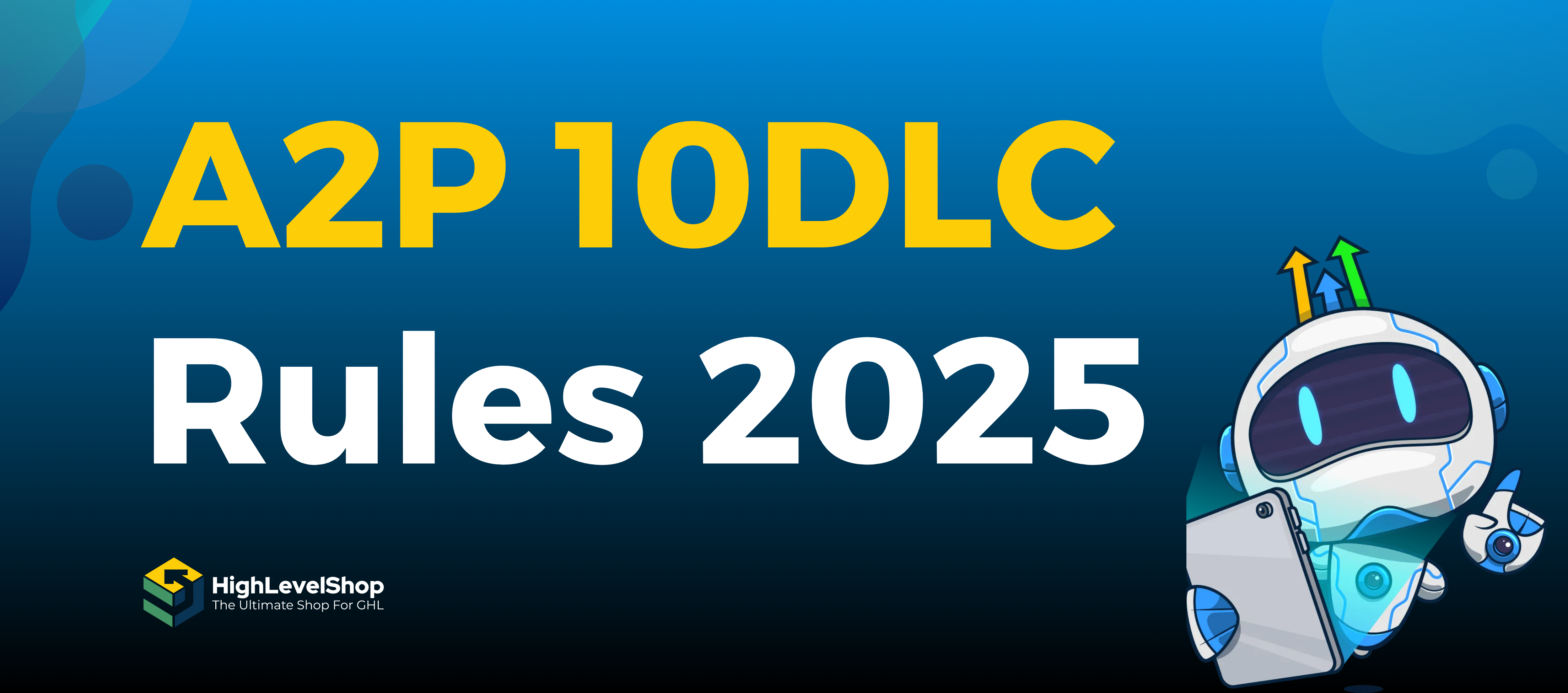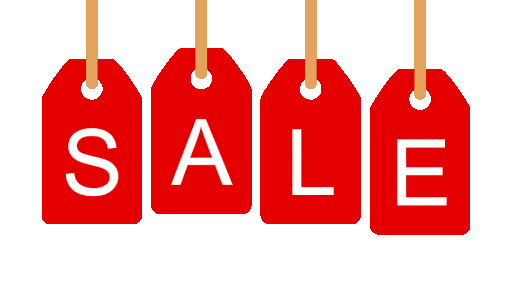Blog
Gohighlevel triggers

Mastering GoHighLevel Triggers for Automation
Automation is the backbone of modern business efficiency, and GoHighLevel triggers make it simple to manage workflows, automate communication, and nurture leads. Whether you’re new to GoHighLevel or a seasoned user, understanding triggers can revolutionize how you operate your business.
Key Takeaways
- What are triggers? Triggers are automation rules in GoHighLevel that execute actions based on specific conditions.
- Key benefits: Save time, reduce errors, and improve lead nurturing.
- Popular use cases: Automating email follow-ups, assigning leads, updating CRM records, and sending SMS reminders.
- How to set up triggers: Simple step-by-step instructions to automate your workflows.
- Pricing: Triggers are included in all GoHighLevel plans starting at $97/month.
What Are GoHighLevel Triggers?
Triggers in GoHighLevel are rules that automate tasks and workflows based on specific conditions. For example, you can create a trigger to send a welcome email automatically when a new lead is added to your CRM.
Why Use Triggers?
- Efficiency: Eliminate manual tasks.
- Consistency: Ensure timely communication with leads and clients.
- Scalability: Automate repetitive tasks to focus on business growth.
Key Components of Triggers
Each GoHighLevel trigger consists of three parts:
- Trigger Event: The condition that starts the automation (e.g., new lead added, form submitted).
- Filters: Narrow down conditions for specific scenarios (e.g., leads from a particular source).
- Actions: The task executed when the trigger event occurs (e.g., send email, assign to team).
Popular GoHighLevel Trigger Use Cases
Lead Assignment
- Automatically assign new leads to specific team members based on geography or source.
- Example: Assign leads from Facebook Ads to your social media team.
Automated Follow-Ups
- Send email or SMS follow-ups based on user actions.
- Example: Send a thank-you email immediately after a form submission.
Appointment Management
- Automate reminders for upcoming appointments or follow-ups for no-shows.
- Example: Send a text reminder 24 hours before a scheduled meeting.
Status Updates
- Automatically change the status of leads or opportunities in your pipeline.
- Example: Move leads to “Contacted” after an initial call.
How to Set Up a Trigger in GoHighLevel
Follow these steps to create a basic trigger:
Go to Triggers Tab
- Navigate to the Automation section and select “Triggers.”
Create a New Trigger
- Click on “Add Trigger” and name it (e.g., “Welcome Email for New Leads”).
Set the Trigger Event
- Choose an event like “Customer Created” or “Form Submitted.”
Add Filters
- Specify conditions such as “Lead Source is Facebook.”
Define the Action
- Select actions like “Send Email,” “Add to Workflow,” or “Send SMS.”
Test Your Trigger
- Save and test to ensure the trigger works as intended.
GoHighLevel Trigger Pricing
Triggers are included in all GoHighLevel plans:
- Starter Plan ($97/month): Basic trigger setup with single business access.
- Agency Plan ($297/month): Unlimited accounts and triggers for agencies.
- Agency Pro Plan ($497/month): Advanced tools with white-label capabilities.
Tips for Optimizing Triggers
- Keep it simple: Avoid overcomplicating workflows with too many triggers.
- Use filters wisely: Target the right audience to avoid spamming irrelevant users.
- Test regularly: Ensure triggers execute correctly and update them as needed.
- Combine with workflows: Enhance automation by pairing triggers with complex workflows.
FAQ’S
Can I create multiple actions for a single trigger?
Yes, GoHighLevel allows you to stack multiple actions like sending an email and updating the CRM simultaneously.
Are triggers included in the basic plan?
Yes, all GoHighLevel plans include triggers.
How do I test a trigger?
After saving a trigger, use a test lead or dummy data to verify its functionality.
Can I edit a trigger after setting it up?
Yes, you can edit or delete triggers anytime in the Automation section.
Conclusion
GoHighLevel triggers are a game-changer for automating workflows and managing your business more effectively. By leveraging triggers, you can save time, enhance client communication, and scale your operations effortlessly. Start experimenting with triggers today and unlock the full potential of GoHighLevel!
Table of Contents

A2P 10DLC Registration in 2025
What You Need to Know About A2P 10DLC Registration in 2025 A2P 10DLC might sound like technical jargon, but in

Rebilling, Reselling, and Wallets in GoHighLevel
Rebilling, Reselling, and Wallets Explained: The Ultimate Guide for Agencies Using GoHighLevel If you’re running your agency on GoHighLevel, you’ve

GoHighLevel Client Portal vs Memberships
GoHighLevel Client Portal vs Memberships In the world of automation and digital services, GoHighLevel (GHL) stands out for its powerful

Twilio Webhook Setup Guide for Incoming Calls and Messages
If you’re using Twilio to manage communications for your business, you’ve likely heard of webhooks. But if the idea of

Receive GoHighLevel Incoming Calls via Mobile App
If you’re always on the move and still want to handle business like a pro, understanding how to manage GoHighLevel

Transfer Incoming Calls to Multiple Agents in GoHighLevel
Transfer Incoming Calls to Multiple Agents in GoHighLevel Are you looking to route inbound calls to multiple team members in







